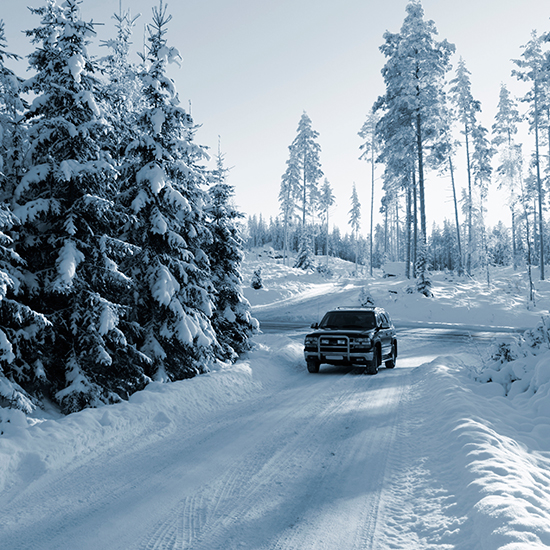 With winter finally here, it’s time to buckle down on some safe driving techniques for motorists. In all honesty, these are your everyday basics, nothing fancy here but some good old-fashioned, everyday driving rules that apparently some people don’t know about. Place priority on your safety and the safety of motorists around you by being prepared and taking caution while driving this winter.
With winter finally here, it’s time to buckle down on some safe driving techniques for motorists. In all honesty, these are your everyday basics, nothing fancy here but some good old-fashioned, everyday driving rules that apparently some people don’t know about. Place priority on your safety and the safety of motorists around you by being prepared and taking caution while driving this winter.
Start by Being Prepared
It doesn’t matter if you are just driving a short distance to work, or travelling hundreds of miles, good drivers are always prepared for what could happen.
Dress appropriately for the weather conditions. Wear comfortable clothing that doesn’t restrict your movement while driving.
Plan your route ahead of time and stick to the main roads, winter is not the best time to take the scenic route. If your travelling long distances, make sure that someone knows your planned route and your expected arrival time.
Give yourself extra time to avoid being late. Drivers tend to be stressed when they are running behind schedule. Planning for your route to take longer removes the stress and the temptation of driving too fast for the conditions. The consequences of being late are far better than those of getting into an accident.
Make sure you can see by taking the time to properly clear the snow and ice from your vehicle – windows, lights, mirrors, hood and the roof. Give the vehicle enough time to warm up and defrost foggy windows.
Fuel up more often to ensure you’re tank never runs less than half; if you ever get stuck in traffic or stranded in bad weather, you’ll be better prepared.
Drive Safely
Winter road conditions can be unpredictable and change in an instant. Aggressive driving is dangerous at any time of the year but it’s worse in the winter. Keep yourself in check, and drive safely with these everday do’s:
Slow down and drive for the road and weather conditions. Driving too fast in poor conditions puts yourself and others around you at risk.
Turn on your lights in low visibility situations to increase the visibility of your vehicle to other motorists on the road. Use your hazards to increase your visibility as well.
Keep your distance because it takes longer to stop on slippery or icy roads. Make sure that you have a safe following distance between you and the car in front of you.
Pay attention and be aware of your surroundings. Watch the road all around you and observe the traffic patterns – this includes watching the traffic behind you. Be prepared to slow down or speed up to keep the pace of the traffic around you.
Have an escape route should the traffic ahead of you come to sudden stop. Constantly scanning the areas around you, looking for a safe place to put your vehicle in case of emergency, can reduce the amount of injury and damage to those around you.





